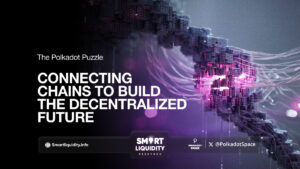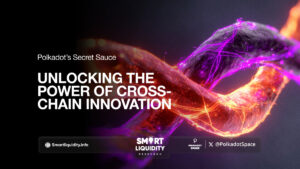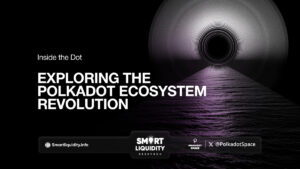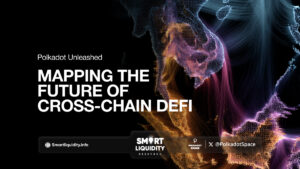Composable Finance Reveals The ‘Mural’ — A Cross-Layer NFT Transferral Protocol.
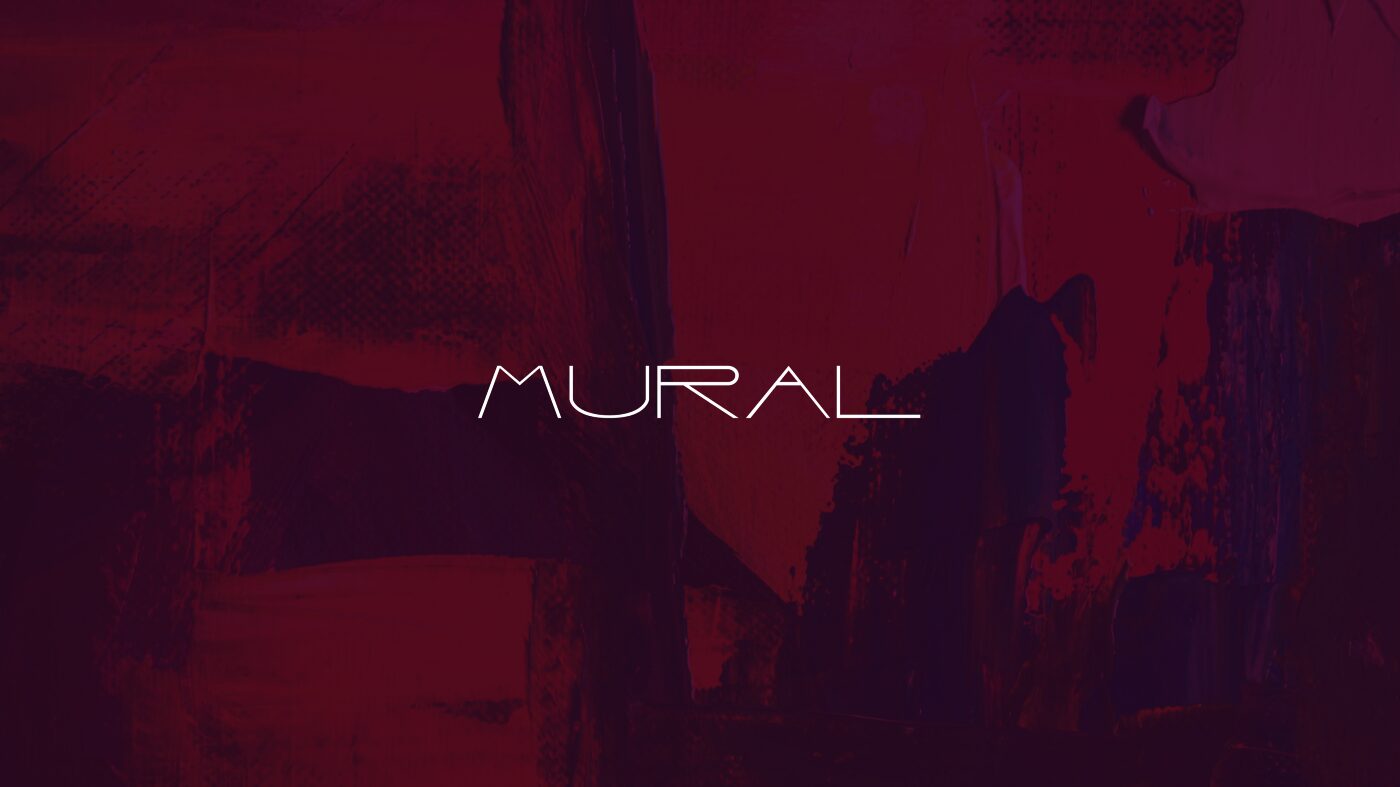

The Composable Finance team is delighted to announce another powerful innovation to power creativity across the ecosystem. Mural is the solution to galvanise peaked interests in the NFT space and propel their adoption into the mainstream. We have brought together cutting edge technology from the composable ecosystem to power transfers and empower NFT (Non-Fungible Tokens) artists and collectors, helping them navigate and expand beyond current limitations.
NFTs have traversed beyond just being niche to Web 3.0, cutting through mainstream sectors like Arts, Entertainment, Sports and even core business and finance sectors. NFTs are unique and differentiated from regular digital assets and are poised to play a more crucial role in our constantly evolving digital world. Despite this, NFTs and their adopters seeking to explore more use-cases around them have always grappled with compatibility between 2 chains. Thus, the team at Composable has released its newest product, Mural, a cross-layer 2 transferral solution for NFTs.
Splintered chain and layers hampering NFTs mainstreaming
Most NFTs are developed using either ERC 721 or 1155 standard (with the latter being an improved version that offers added benefits such as effective transfer of tokens, lower transaction costs, improved security, and supports the existence of fungible non-fungible tokens in a single contract). By their nature, a unique NFT can’t be swapped for another, hence their non-fungibility. Thus, beyond the peaked interests we see today, most NFTs are yet to cement their use cases beyond the digital art utility.
Moreso, the problem of cross-layer compatibility poses an even more severe setback considering the exponential rate at which NFT projects are growing on the blockchain. Mobility, therefore, becomes an issue since most NFTs are minted on Ethereum or Ethereum compatible networks. And for most NFT holders, trading and transferring their NFTs are most times limited to only a handful of chains and layers that can facilitate marketplaces such as Opensea. Hence, interoperability largely remains an issue.
The interoperability problem of NFTs between chains also burdens the growth of the burgeoning GameFi sector, as the lack of free movement between chains and layers further limits integration within this space. For instance, players of Ethereum-based GameFi projects could face problems porting their in-game assets into, for instance, the Solana ecosystem — which is not an EVM-compatible blockchain, further siloing this newly growing sector.
That’s why the differentiating factor of NFTs has largely contributed to problems with scalability in terms of use. Our team was committed to finding a unifying solution that could help bridge the siloed NFT ecosystem. We are bringing about seamless and secure transfers to and from these digital worlds.
Mural: reconciling creativity
Introducing Mural, a revolutionary bridge that facilitates seamless transferral of NFTs across different chains and layers. Mural addresses the current siloed NFT market where most NFTs and their global standards are domiciled on particular chains (mainly Ethereum).
Riding on the strong advancements in interoperability among chains and layers as facilitated by Composable Finance, developers, NFT collectors, and creators can explore more use cases of NFTs leveraging Mural’s seamless transfer protocol.
How Mural works
Mural leverages the Mosaic’s chain and layer agnostic bridging technology, enabling cross-layer and cross-chain movement of NFTs within the scope of the broad and constantly expanding ecosystem currently integrated within Mosaic. Mural functions by locking the original NFT(s) in one location (originating layer) while creating a single representation of the NFT on another location (another L2). The implication is that there are two different contract addresses but the same jpeg for the NFT. With only one unlocked version of the NFT at any given time, on any layer solution, such an asset retains its non-fungible characteristic while seamlessly moving across different chains or layers.
A relayer plays an integral role by receiving oracle updates about the locked NFT and its layer to streamline the process explained above. The relayer then submits a transaction for the NFT based on updates that include the original and destination layer information. This process releases the NFT on the intended destination layer while locking the original NFT within its layer. Hence, Mural ultimately bridges chains and layers with the benefit of sidestepping the delay period while maintaining a fraud-proof design.
Moving NFTs cross-layer is now made possible by Mural, currently live and can be explored here. Leveraging baselayer technology, Mural leverages Mosaic, a cross-chain/ layer 2 bridge solution for an effective cross-layer NFT transferral system, making room for the continued growth and further mainstreaming of the sector.
Mural taps into EVM chains like Mainnet, Polygon, Arbitrum and Ethereum-compatible, smart-contract parachain on Kusama Moonriver. Hence, creators and collectors can leverage Mural for seamless movement of NFTs across chains and layers, a paradigm shift that should further help NFTs go mainstream. We expect this list to grow over time, and so should our supported NFT transferral network.
Use Cases
Mural’s purpose-built solution is leading next-generation use cases for NFTs on the blockchain. We have created a vibrant transactional bridge that serves as the primary integration mechanism for NFTs.
The transactional rate, availability, and accessibility of NFTs will improve on popular NFT marketplaces and thus, our technology enables their expansion beyond the scope of the current framework that NFTs operate within. Users can now freely mint, purchase, lease, or rent NFTs from NFT marketplaces across layers without worrying about interoperability. For instance, a user may mint an NFT from a platform on Arbitrum that represents a digital piece of art, then move the assets to Polygon to sell on the OpenSea NFT marketplace.
The gaming industry is a representative example of a sector that will find Mural’s NFT transferral mechanism vital for implementation. Leveraging the Composable SDK, which serves as a cross-layer interoperability solution, the creation of protocols like Mural benefits game developers such that they can model their games to have wide-ranging access to different chains and layers as the SDK is helpful for projects that need to maintain multiple instances across other L2 solutions or separate blockchains. Moreso, gamers benefit from easy cross-layer transferrals of in-game assets. Mural facilitates cross-layer gaming asset transferrals, unlocking more use cases for in-game heroes for collecting, trading, customization, and even monetization.
Partnerships on the Horizon
The potential for Mural is seeing some early promises. We are currently securing some significant strategic partnerships that will showcase the true capabilities of Mural’s NFT transferral solution. The possibilities are genuinely boundless; stay tuned for further updates.
Mural will be the future of the NFT space enabling seamless growth through chain and layer agnostic transfers and spearheading the path for NFTs in gaming through integration and implementation without barriers. By clearly identifying the problems within the rapidly growing NFT space, the Mosaic bridge will be leveraged to proffer a lasting solution.
Source:
https://composablefi.medium.com/mural-our-cross-layer-nft-transferral-protocol-456cb43cb0c7
